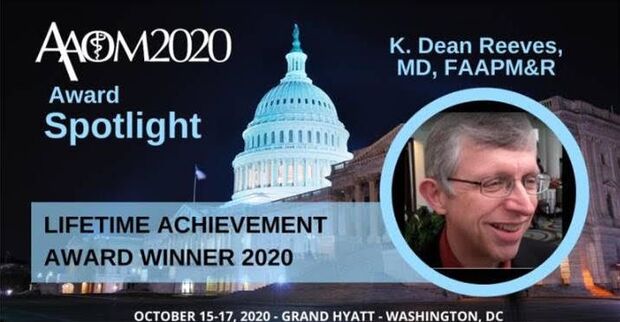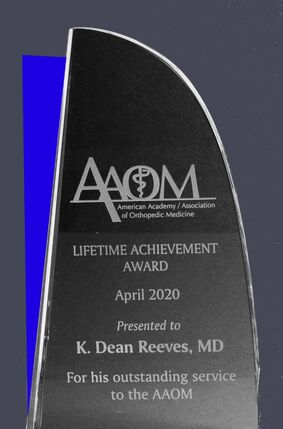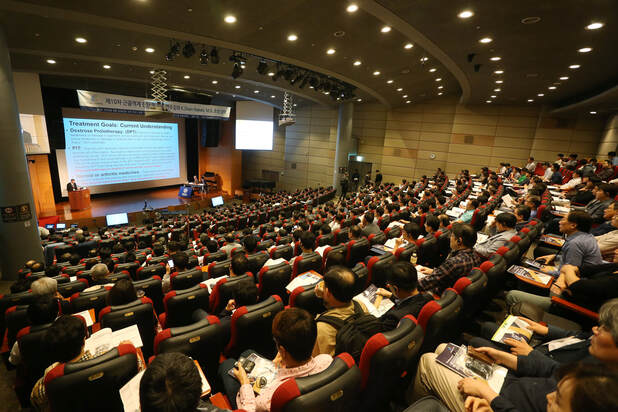Prolotherapy (Regenerative Medicine) and
Real Hope for Pain Sufferers
Real Hope for Pain Sufferers

K. Dean Reeves, M.D. (publications below) |
Here you will find specific answers about how Dr. Dean Reeves, MD uses prolotherapy to help pain sufferers feel better. The "Patients" and "Hope" tabs above provide summary explanations and the research that backs up our claims. There you will also find information primarily on prolotherapy with dextrose, and injection of PRP. In addition to dextrose and PRP injection, ozone injection is likely helpful, but ozone use has minimal research evidence thus far, and will not be emphasized. Stem cell use is likely the most powerful approach for benefit, but its cost effectiveness is uncertain at this point and for that reason its use will not be emphasized on this website. It is Dr. Reeves experience that full diagnosis and full treatment with a combination of dextrose and PRP injection about ligaments, tendons and injections (prolotherapy) and about nerves (perineural injection therapy and hydrodissection) offers the most effective, and cost-effective approach to the most difficult pain conditions.
Medical professionals interested in training opportunities may use the "Training" tab above under "More" for more direction ---------------------------------------------------------------------------------------------------- Please call or email our office for further help and information about these benefits and pain relief: 913-362-1600 or [email protected] |
|
What Can Prolotherapy Do For You?
For those who have suffered chronic pain and found only temporary benefit from other treatments, prolotherapy (injection to repair or regenerate ligament, tendon or cartilage) and Perineural Injection treatment (PIT) (injection to restore normal function in nerves which cause pain and degeneration) are options to directly treat common underlying causes of chronic pain. It is worth noting that there is more evidence for dextrose prolotherapy for pain management than any other injection method used. This evidence is based on the high number of areas with level B or higher evidence of efficacy in multiple treatment areas. |
Office Hours
Monday - Friday 9:00 am to 5:00 pm |


